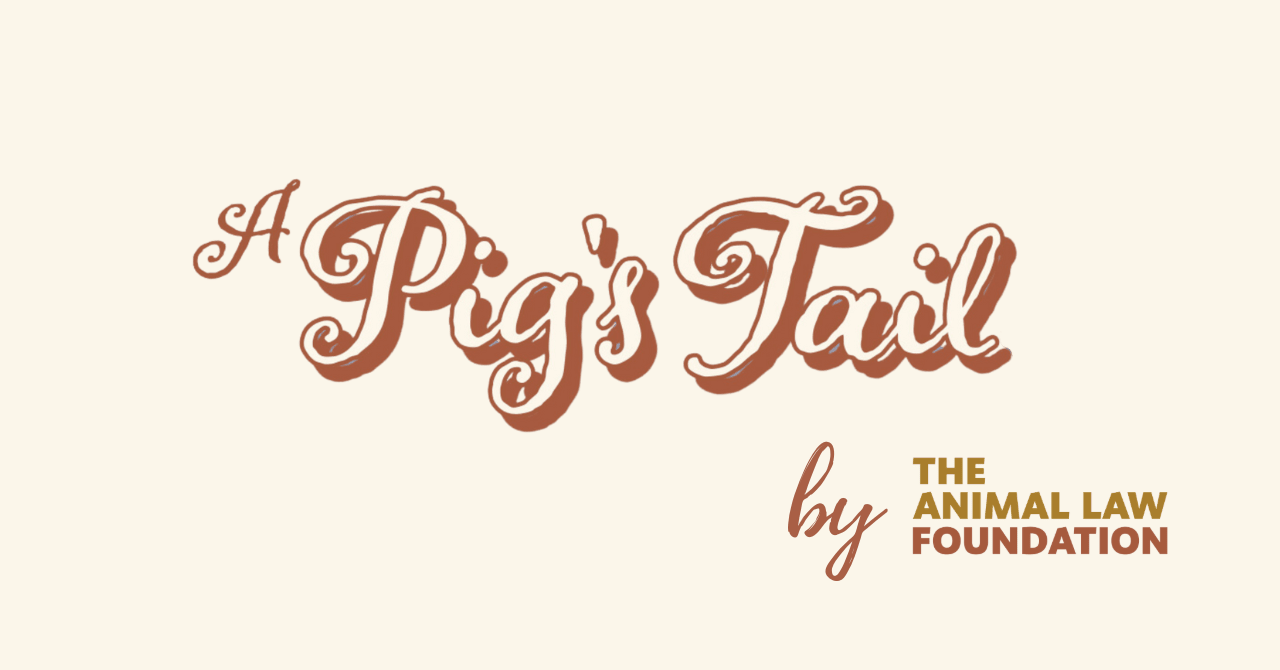Dear colleagues,
Last week The Animal Law Foundation launched a new programme dedicated to putting an end to the illegal routine tail docking on pigs across the UK. This initiative holds the promise of potentially raising animal welfare standards for millions of pigs.
While UK law clearly states that docking a pig’s tail should only be done as a last resort where measures to enrich a pig’s environment have failed, this type of mutilation remains a routine procedure in the UK. In fact, our report with Animal Equality in 2022 found that in 13 investigations conducted into UK pig farms, tail docking was present on 11 farms (85%), some data puts it as high as 95%.
Our first step is to explore the legality of veterinary surgeons' role in this, as they must authorise the procedure. We have asked veterinary regulators to investigate this. So far we have secured compelling coverage in the Vet Times, who have also reached out to the RCVS and confirmed they have received our letter and will respond in due course.
If you'd like to support this work, please find access to further information, as well as downloadable assets here. You can also find the main programme page here, the letter you can send to the RCVS here, and you can Tweet on X to support the initiative here (Click to Tweet).
Please also follow our social accounts on X, Instagram, LinkedIn, Facebook or Bluesky if you'd like to follow the progress of the initiative.
Warm regards,
Morgane Speeckaert


